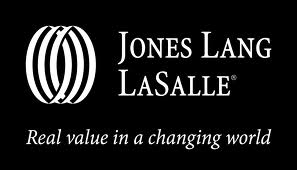At present, India enjoys only 1%–2% of the global luxury market. Luxury retailers, both national and international, are in a spree to foray or expand their footprint in India. The increasing foreign travels of Indians have significantly increased the brand awareness of India. Along with this, the increasing upper-middle class in India are the country’s key drivers of luxury retail demand.
Louis Vuitton, Prada, Gucci and Jimmy Choo are no longer unknown brands to India. In the last decade, luxury retail has grown significantly and is growing at a rate of almost 20% 1. From luxury cars and apparels to furnishings, all are paving their way into the choices of Indian consumers.
The definition of luxury is very relative and changes from country to country and among different income groups. However, most households earning more than INR 1 million or above annually opt for luxury goods in India. With the significant growth of this income group, luxury retail in India is expected to witness steady growth in the coming years.
In India, preference for luxury goods is growing across all the metro cities, although they are mostly concentrated in Mumbai and Delhi. Luxury malls such as DLF Emporio in Delhi, Palladium in Mumbai and UB City in Bangalore are already operational.
Luxury retailers generally open their stores in luxury hotels with increased preference from consumers as they are expanding their brand presence by starting their stores in high-end malls and high streets and sometimes opening their flagship stores in high-end residential neighbourhoods. However, finding a space as per their standards and specifications is still a challenge in India.
In this paper, we attempted to map a few such clusters across the seven metro cities in India based on the various qualitative and quantitative factors catering to the preference for luxury retail. The factors adopted to select the clusters were penetration of luxury brands and preference for luxury. These factors were analysed on the basis of the parameters below:
- Presence of noted luxury apparel and accessories brands
- Presence of luxury automobile showrooms
- Presence of fine dining restaurants
- Presence of luxury/premium residential projects
- Neighbourhoods and catchments
When mapped, these parameters reveal clusters of luxury retail that can be classified into three categories. Based on their stage of development, the clusters are classified as established, existing, growing and emerging.

